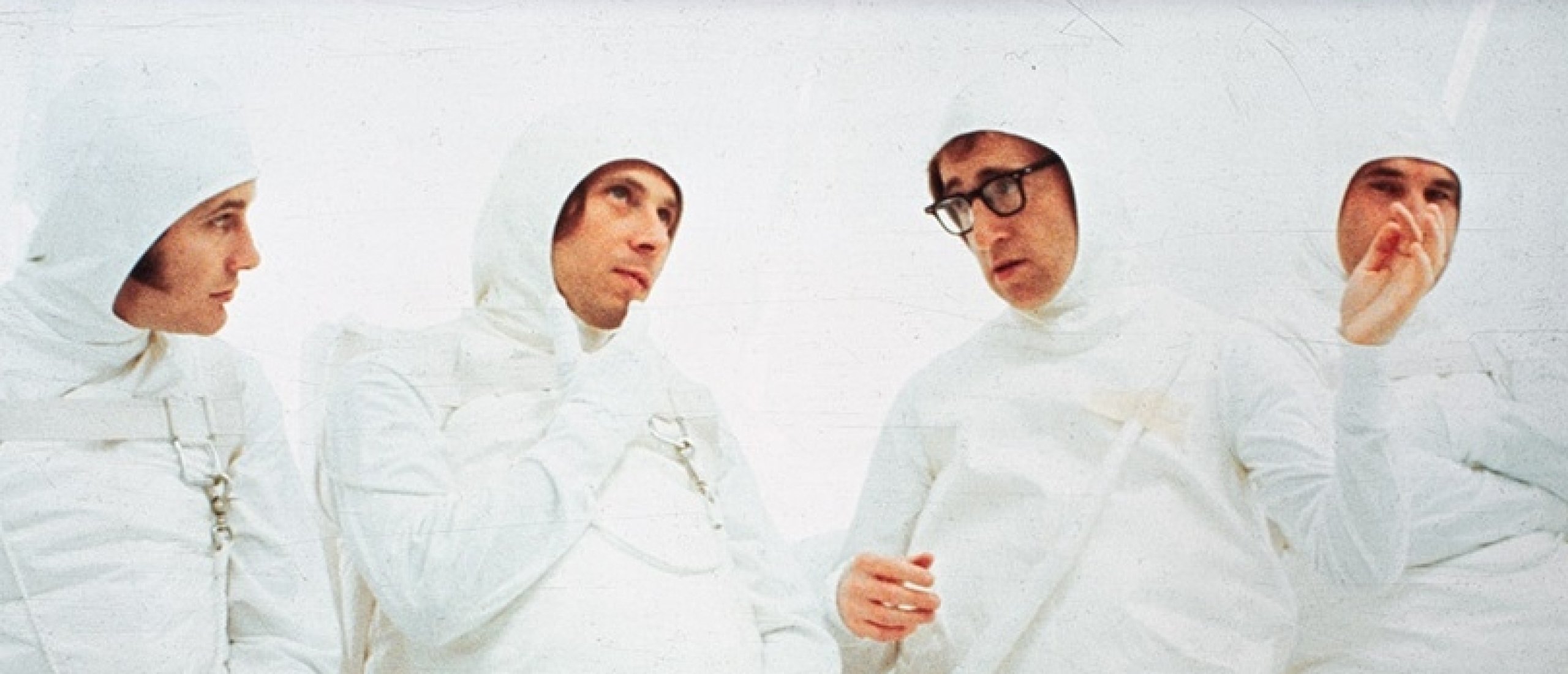
Sex, Absurdity, And Laughter: Woody Allen's Everything You Always Wanted To Know About Sex (But Were Afraid To Ask)
Sex And Humor
Throughout his career, Woody Allen has consistently stood out for using humor as a way to explore complex and often uncomfortable themes. His film “Everything You Always Wanted to Know About Sex (But Were Afraid to Ask)” (1972) is a loose and satirical adaptation of David Reuben's book of the same name, and it distinguishes itself through its use of humor to delve into eroticism and sexual issues. Structured in seven segments, each based on a question taken from Reuben's book, the film addresses aspects of sexuality in a comedic and absurd manner, challenging norms and ridiculing prejudices.
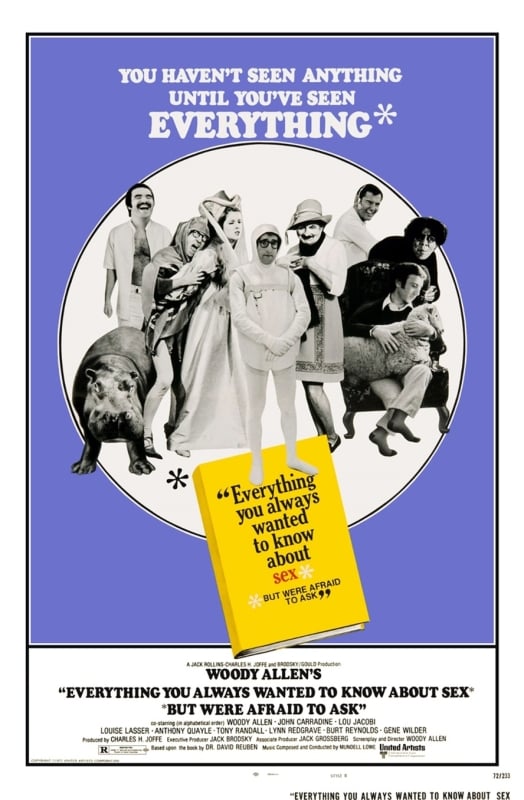
Fig.1.
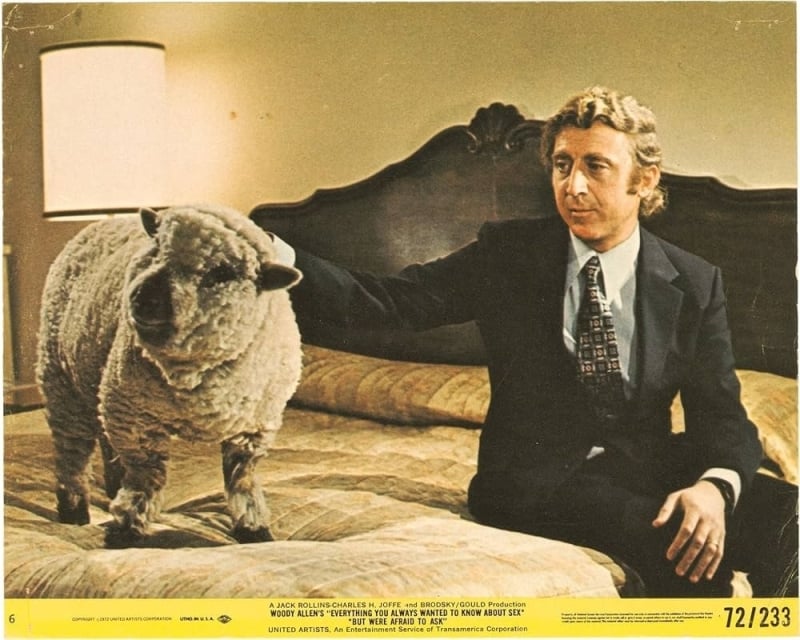
Fig.2.

Fig.3.
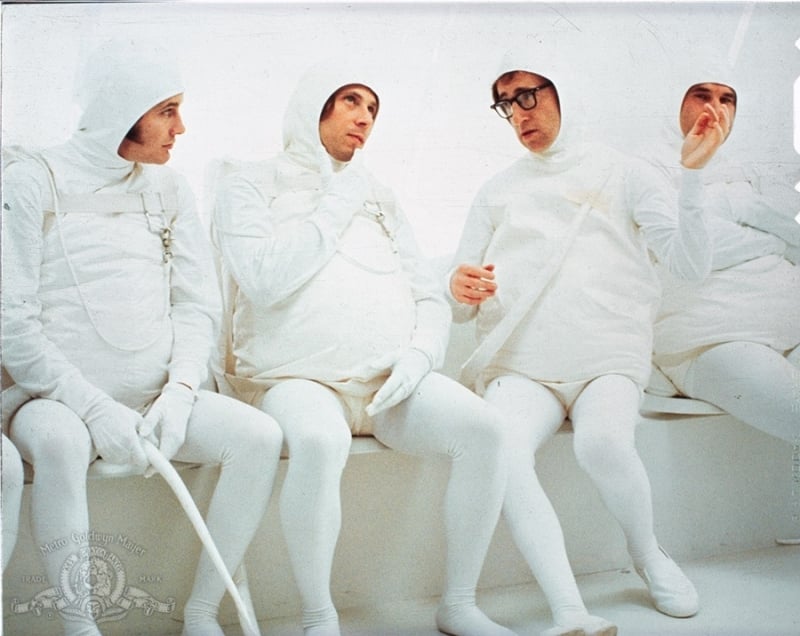
Fig.4.
Exaggeration And Absurdity
Woody Allen’s films frequently use humor to explore difficult topics. In Everything You Always Wanted to Know About Sex…, he does this by transforming sex—a theme traditionally associated with seriousness, shame, or mystery—into a field of ridiculous and absurd situations. Sexuality, when addressed in an exaggerated and comedic way, loses its stigma as a forbidden topic, with laughter acting as a release for the social tensions surrounding it. In this way, the relationship between sex, eroticism, and humor in the film is constructed through satire, exaggeration, and absurdity. Woody Allen takes everyday situations and common sexual fantasies and pushes human behavior into the realm of the unexpected. Humor becomes a tool for defusing the discomfort that conversations about sex often provoke. Rather than portraying a realistic or exploratory view of eroticism, the film opts for distortions that generate laughter, often turning what is typically seen as sensual into something ridiculous.
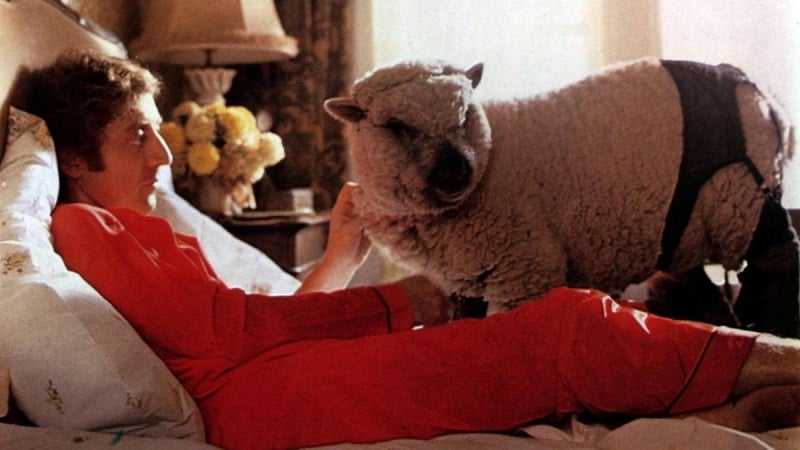
Fig.5.
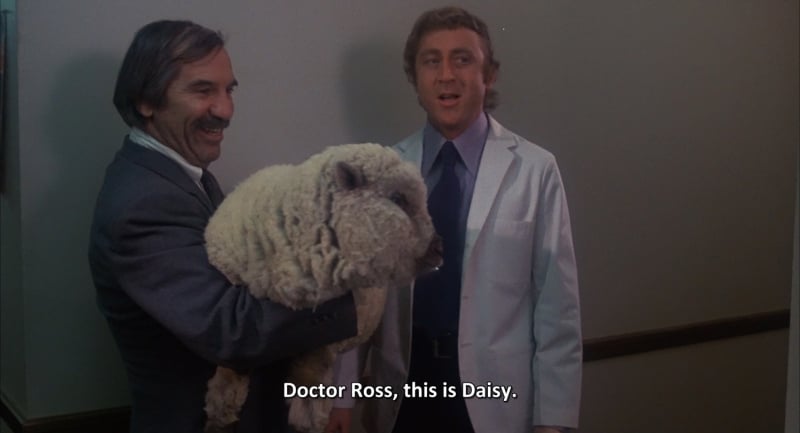
Fig.6.
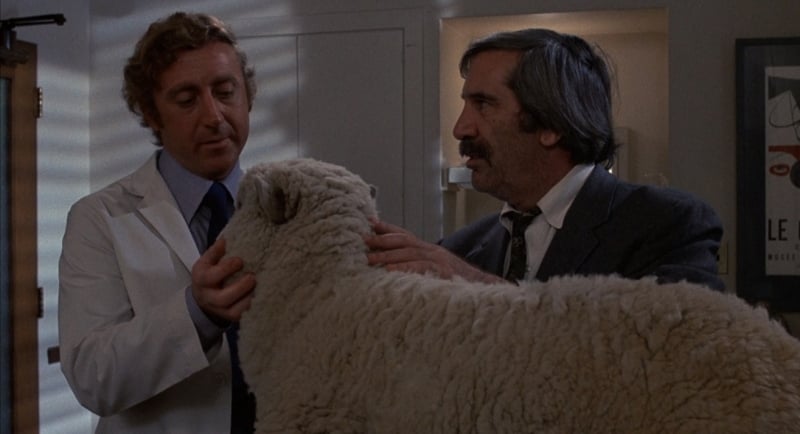
Fig.7.
Sex, Sheep, And Sperm Cells
One example of how the unexpected turns into absurdity is in Segment 2, titled “What is Sodomy?”, where Gene Wilder plays a doctor who falls in love with a sheep named Daisy, brought in by an Armenian shepherd. Initially, the doctor treats the case seriously but soon becomes emotionally and sexually involved with the animal. The story is treated with absurd seriousness, turning what would be a shocking situation into something tragically comedic. Gene Wilder delivers a hilariously restrained performance, highlighting the disconnect between civilized behavior and forbidden desires.
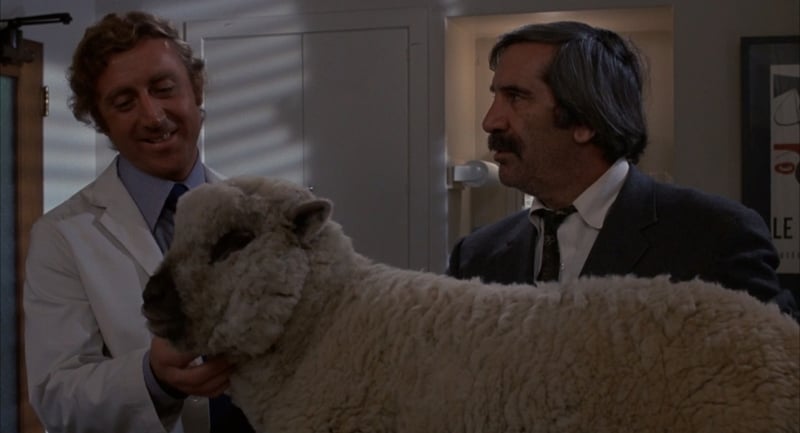
Fig.8

Fig.9.
This kind of absurd humor permeates the entire film. For example, in Segment 7, Woody Allen plays with the biological complexity of the human body during sex, imagining it as a space mission in a science-fiction setting. Workers inside the brain coordinate the process, including Tony Randall and Burt Reynolds as control room operators managing bodily functions during intercourse. The segment culminates when sperm cells (including Allen) are prepared for release, with Allen portraying an anxious sperm unsure of what to expect outside the body. By showing what happens "inside" a man's body during sex, Woody Allen turns a common biological process into an adventure, using the unexpected to demystify a topic usually treated with seriousness, making it highly comedic.
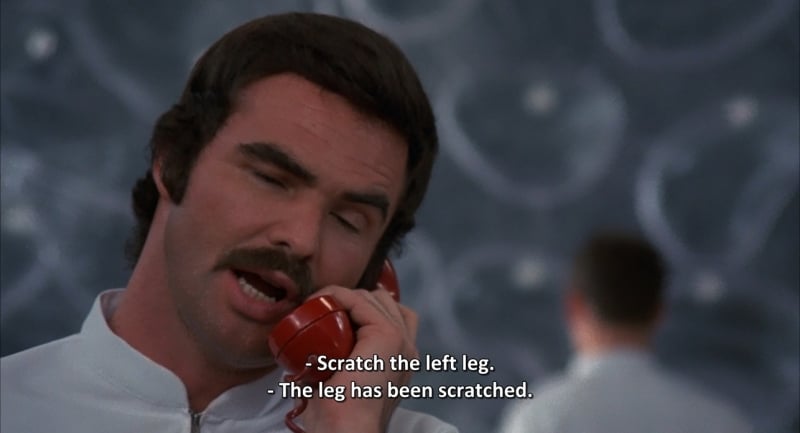
Fig.10.
What's My Perversion?
In addition to Segment 7, “What happens during ejaculation?”, satire is brilliantly used in Segments 5 and 6. In Segment 5, “What are Sex Perverts?”, Woody Allen creates a parody of 1950s television quiz shows, specifically What’s My Line?, transforming it into a show called What’s My Perversion?. In this fictitious version, contestants compete to guess the "sexual perversion" of the participants, mimicking the format of the era’s shows with formal hosts and a well-behaved audience. The satire subverts the audience's expectations of how sexuality should be treated in media. While traditional quiz shows focused on respectable aspects of life (careers, talents, etc.), Woody Allen flips this logic by bringing what would be considered inappropriate—sexual "perversion"—to the center of mass entertainment. The humor emerges from the juxtaposition between the conservative format and the shocking nature of the subjects discussed. The fact that sexual deviances are treated with the same normality as a baker's profession is humorous in itself, exposing societal hypocrisy regarding what is considered acceptable to discuss publicly.
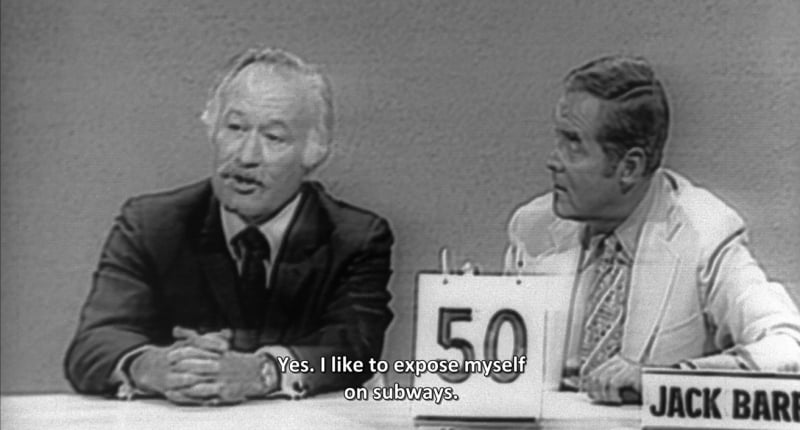
Fig.11.
In the extended Premium edition more on Segment 6, “Are the findings of doctors and clinics who do sexual research and experiments accurate? ”, notabe aspects of Woody Allen’s approach to sex in this film, references to the work of Michelangelo Antonioni and Frankenstein, Allen's use of exaggeration and absurdity, his exploration of deeper sexual themes like fetishism and cross-dressing, many additonal images, and much more...!!
Click HERE for an article on the anthropomorphized sex in Fritz the Cat The Movie
What are your thoughts on Woody Allen's Everything You Always Wanted to Know About Sex ? Leave your reaction in the comment box below!










